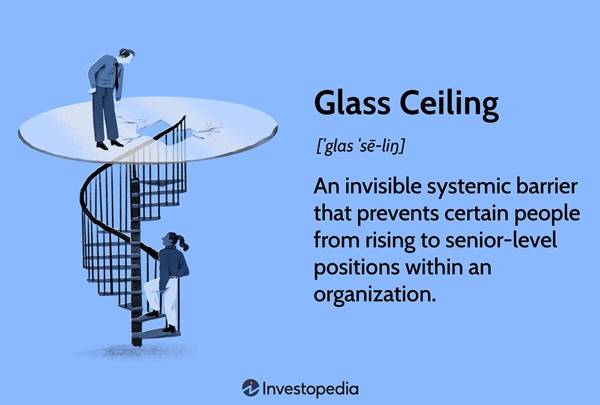The Glass Ceiling and Soaring Through it in Aviation
The exciting world of aviation, despite its constant progress, can still face limitations when it comes to promoting women to leadership roles. This hurdle is often attributed to the concept of glass ceiling syndrome.
Understanding Glass Ceiling Syndrome
Glass ceiling syndrome describes the invisible barriers that prevent qualified women from reaching top positions. These obstacles can take the form of unconscious biases, outdated stereotypes, or a lack of access to mentorship opportunities.

Impacts of Glass Ceiling Syndrome
The effects of this syndrome are widespread. It limits the potential of talented women, hinders innovation by stifling diverse perspectives, and reduces the overall talent pool for leadership roles.
Glass Ceiling Syndrome in Aviation Careers
Traditionally, the aviation industry has leaned heavily towards male leadership. This presents a unique challenge for women seeking to reach the top. While the number of women in aviation is steadily increasing, they remain underrepresented in senior management and C-suite executive positions.
Here are some potential reasons for this underrepresentation:
- Unconscious bias can influence promotion decisions.
- A lack of female role models in leadership positions can make it harder for women to envision themselves there.
- Work-life balance challenges can be particularly acute in certain aviation professions.
Soaring Above the Ceiling
Thankfully, initiatives are underway to shatter the glass ceiling in aviation. These include programs that provide mentorship and sponsorship opportunities for women, alongside unconscious bias training for all employees. By fostering a more inclusive environment, the aviation industry can unlock the full potential of its workforce, creating a future where both women and men have equal opportunities to reach new heights.
References and Further Reading Links:
- scholarly article on glass ceiling and women in aviation: https://www.sciencedirect.com/science/article/abs/pii/S0049089X10001286
- industry report on benefits of women in aviation leadership: https://aviationbenefits.org/
- industry news on women in aviation leadership: https://www.routesonline.com/


